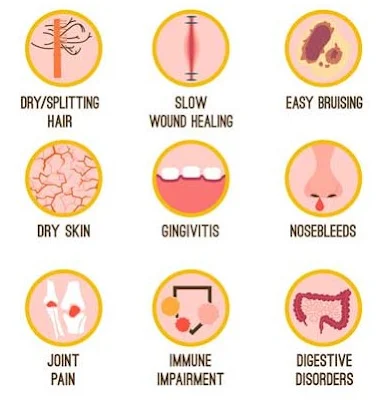Introduction:
Mushrooms, often celebrated for their unique taste and texture, offer a myriad of health benefits, making them a delightful addition to a nutritious diet. Understanding their advantages and discovering creative ways to include them in meals can elevate both flavor and well-being.
Health Benefits of Mushrooms:
Rich in Nutrients:
Mushrooms are a nutritional powerhouse, packed with essential vitamins (like B vitamins and vitamin D), minerals (such as selenium and potassium), and antioxidants, supporting overall health and immunity.
Low in Calories, High in Fiber:
With low-calorie content and high fiber, mushrooms make a satisfying addition to meals, aiding in weight management and promoting digestive health.
Source of Antioxidants:
Mushrooms contain various antioxidants that combat oxidative stress, reducing inflammation and supporting heart health.
Immune-Boosting Properties:
Certain mushrooms, like shiitake and maitake, contain compounds that may enhance immune function, potentially aiding in warding off illnesses.
Incorporating Mushrooms into Your Diet:
Stir-Fries and Sauteed Dishes:
Add sliced mushrooms to stir-fries, saute them with garlic and herbs, or use them as a flavorful addition to pasta or rice dishes.
Stuffed Mushrooms:
Create tasty stuffed mushrooms by filling their caps with a mix of breadcrumbs, herbs, cheese, and vegetables, then baking until golden.
Mushroom Soups and Stews:
Make hearty soups or stews using various mushroom varieties to add depth of flavor and nutritional value.
Grilled or Roasted Mushrooms:
Marinate mushrooms and grill them for a smoky flavor or roast them with olive oil and spices for a delectable side dish.
Mushroom Recipes for a Healthy Meal:
1. Grilled Portobello Mushroom Burgers:
Replace traditional burger patties with grilled portobello mushrooms, layered with your favorite toppings and whole-grain buns.
2. Creamy Mushroom Risotto:
Create a comforting, creamy risotto using a mix of mushrooms, arborio rice, vegetable broth, and a touch of parmesan cheese.
3. Mushroom and Spinach Frittata:
Whip up a nutritious frittata by sauteing mushrooms, spinach, and onions, then mixing them with eggs and baking until set.
4. Asian-Style Stir-Fried Mushrooms:
Prepare a quick stir-fry using sliced mushrooms, garlic, ginger, soy sauce, and a splash of sesame oil for an Asian-inspired dish.
Conclusion:
Mushrooms, with their versatile nature and incredible health benefits, offer a wide array of culinary possibilities. Their inclusion in various dishes not only enhances flavor but also contributes to overall well-being.
Experiment with different mushroom varieties and recipes to savor their taste while reaping their nutritional advantages. Whether grilled, sauteed, or used in soups and stews, mushrooms can be a delightful and nutritious addition to any meal.





















